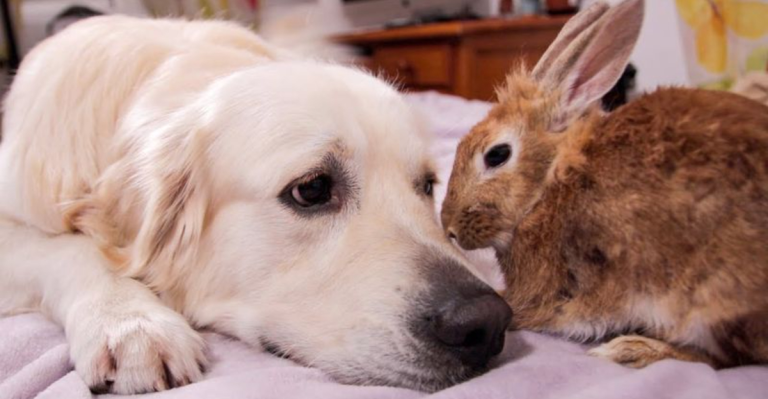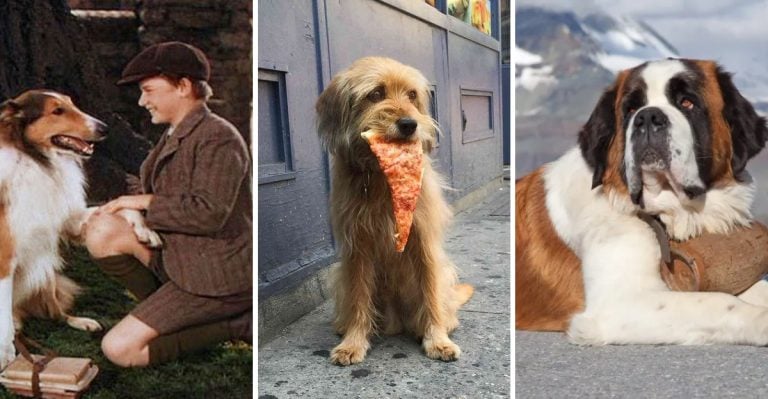19 Stunning Poodle Coat Colors That’ll Instantly Win You Over
Poodles are among the most elegant and intelligent dog breeds in the world, and their coats come in a rainbow of stunning colors. From classic shades to rare and eye-catching hues, these versatile dogs showcase nature’s artistic palette. Whether you’re considering adding a poodle to your family or simply appreciate these magnificent animals, these 19 beautiful coat colors demonstrate why poodles remain one of the most sought-after breeds.
1. Apricot Elegance
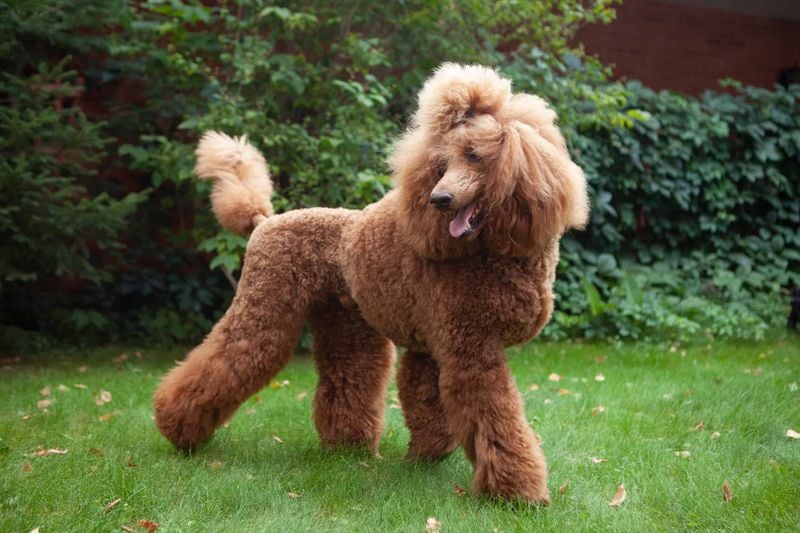
Warm and glowing, apricot poodles carry a soft peachy-orange coat that radiates cheerfulness. This delightful color can range from pale cream with apricot tints to deeper orange-gold tones.
Apricot poodles often have liver-colored noses and amber eyes, adding to their distinct appearance. The color tends to deepen with age, creating a rich, warm tone that many poodle enthusiasts adore.
2. Regal Black

Nothing says classic poodle quite like a jet-black coat. The dense, uniform color creates a striking silhouette that showcases the breed’s elegant structure and proud carriage.
Black poodles possess a lustrous sheen that catches the light beautifully when properly maintained. Their coat requires regular grooming to maintain that mirror-like reflection that turns heads at dog shows.
3. Creamy White

Pure as fresh snow, white poodles embody pristine elegance. Their coats appear to glow, especially in sunlight, creating an almost ethereal presence that’s impossible to ignore.
White poodles require extra grooming attention to prevent staining, particularly around the eyes and mouth. Many owners use special shampoos to maintain that brilliant white appearance.
4. Silver Sophistication

Born black but gradually transforming, silver poodles undergo a fascinating color change during their first two years. The transformation begins around the muzzle and gradually spreads throughout the coat.
The final result is a stunning metallic gray that ranges from light platinum to deeper gunmetal tones. Silver poodles often have dark eyes that create a beautiful contrast against their shimmering coats. The silvering gene is recessive, making this color somewhat less common and highly prized among poodle enthusiasts who appreciate its sophisticated appearance.
5. Chocolate Richness

Chocolate poodles flaunt a deep, rich brown coat reminiscent of fine dark chocolate. Their warm coloration ranges from milk chocolate to nearly black-brown, always maintaining a luxurious depth. These brown beauties typically have amber or liver-colored eyes that perfectly complement their coats.
Chocolate poodles often have liver-colored noses and paw pads to match their overall coloration. Genetically, the chocolate color comes from a recessive gene, making it less common than black. Many owners report that chocolate poodles have particularly playful and mischievous personalities.
6. Red Vibrancy
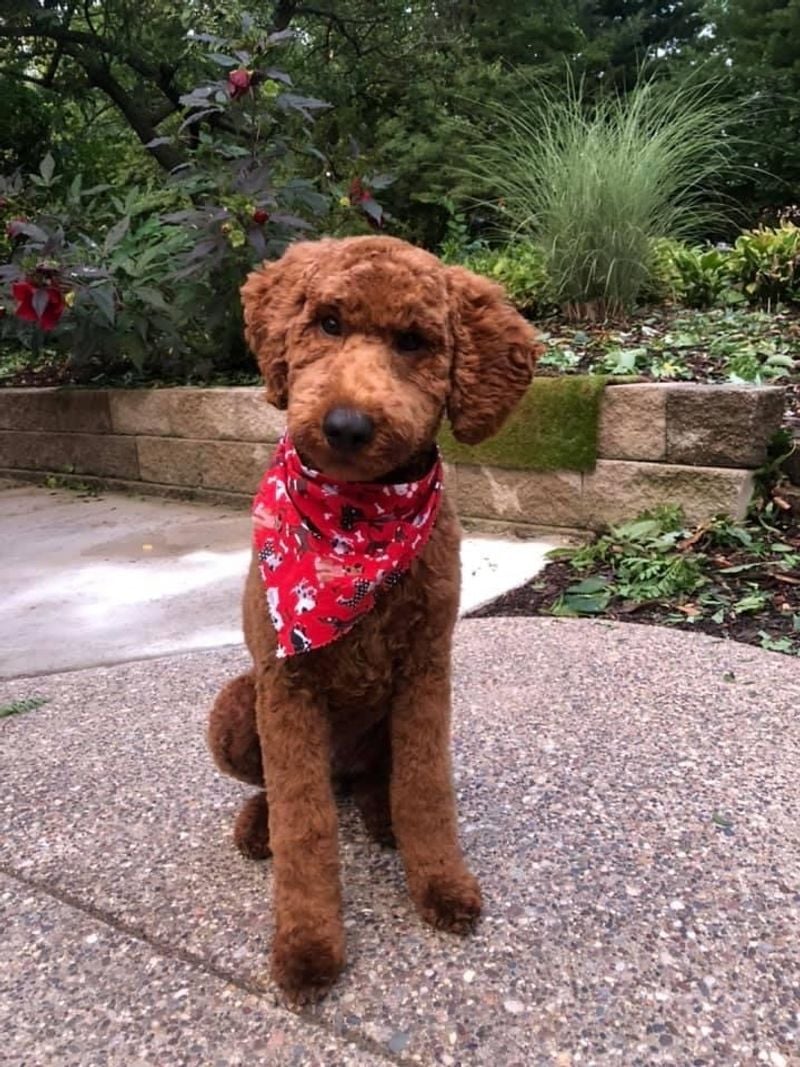
Fiery and eye-catching, red poodles showcase a deep, mahogany-like coat that stands out in any crowd. This relatively newer color in the poodle palette can range from a deep auburn to a lighter cinnamon shade.
Red poodles maintain their vibrant color throughout life, unlike some other shades that fade with age. Their coat often has a slight wave that adds texture and dimension to the rich color.
The red coloration comes from the same gene as apricot but with greater intensity, making these flame-colored canines particularly sought after by those wanting a distinctive poodle.
7. Blue Distinction

Mysterious and captivating, blue poodles possess a diluted black coat that appears as a dark slate gray. Like silver poodles, they’re born black and gradually “clear” to reveal their true blue color.
The clearing process typically begins around 6-18 months and can take up to two years to complete. The final shade ranges from deep steel blue to a lighter smoky gray with a distinctive blue undertone.
Blue poodles often have striking dark eyes and gray or blue-black noses that enhance their unique appearance, making them one of the most distinctive colors in the poodle spectrum.
8. Cream Softness

Cream poodles exude gentle elegance with their soft, off-white coats that carry a subtle warmth. Not quite white and not quite apricot, cream falls beautifully in between with a delicate ivory or pale beige tone.
These poodles often have black noses and dark eyes, creating a lovely contrast against their light coats. The cream color is less prone to showing tear stains than pure white, making it practical as well as beautiful. Cream poodles sometimes have subtle apricot highlights, especially around the ears, adding dimension to their overall appearance.
9. Café au Lait Warmth

Named after the popular coffee drink, café au lait poodles display a warm, milky brown coat reminiscent of coffee with cream. Born chocolate, these poodles gradually lighten to their final color by age two.
The resulting shade is a soft, warm brown with a hint of gray. Café au lait poodles have liver-colored noses and amber eyes that complement their unique coloration. This color is often confused with silver beige, but café au lait poodles are born brown rather than black, creating a warmer, more golden-brown final color that’s utterly captivating.
10. Silver Beige Subtlety

Silver beige poodles begin life as black puppies but transform into a stunning light beige with silvery undertones. The clearing process starts around the face and gradually spreads throughout the coat.
By age two, these poodles display a beautiful champagne-like color that’s neither silver nor beige but a perfect blend of both. Silver beige poodles typically have dark eyes and black noses, creating a lovely contrast. This relatively rare color is caused by the interaction between the silver gene and the brown gene, resulting in a uniquely sophisticated appearance.
11. Phantom Mystique

Phantom poodles aren’t a single color but display a dramatic two-tone pattern similar to Dobermans or Rottweilers. The base coat is typically black, brown, blue, or silver, with distinct markings in tan, cream, or apricot.
These markings appear in specific locations: above the eyes, on the cheeks, throat, legs, and under the tail. The contrast creates a striking mask-like effect on the face, giving these poodles a mysterious, almost masked appearance. While not recognized in all kennel clubs for conformation shows, phantom poodles are increasingly popular for their unique and eye-catching appearance.
12. Parti-Color Playfulness

Parti poodles showcase a playful combination of white with any other poodle color. The coat must be at least 50% white, with patches of another solid color creating a patchwork effect. Common combinations include black and white, brown and white, or apricot and white.
The random distribution of colors makes each parti poodle uniquely patterned, like a living canvas. Though parti poodles were once common in the breed’s history, they fell out of favor in the show ring. Today, they’re making a comeback with enthusiasts who appreciate their joyful, distinctive appearance.
13. Sable Dimension

Sable poodles display a fascinating coat where each hair has multiple colors along its length. Typically, the hair is lighter at the base and darker at the tip, creating a multi-dimensional effect that seems to change with movement and lighting.
Most common in apricot, cream, or red poodles, the sable pattern creates a shaded appearance with darker ears, back, and tail. The face often shows the most dramatic shading, with darker tips creating an expressive mask-like effect. Sable coloring tends to fade with age, often clearing to a solid color as the poodle matures.
14. Brindle Rarity

Among the rarest poodle colors, brindle features a base color (usually tan or apricot) with streaks of darker color creating a tiger-striped pattern. This striking pattern is caused by a specific gene that creates irregular stripes throughout the coat.
The intensity of the brindle pattern can vary greatly, from subtle stripes to dramatic tiger-like markings. Brindle poodles often have dark eyes and black noses that complement their unique coat pattern. Due to their rarity, brindle poodles are highly sought after by collectors and enthusiasts looking for a truly distinctive canine companion.
15. Merle Controversy

Merle poodles display a mottled pattern of darker patches against a lighter background, creating a dappled or marbled appearance. This distinctive pattern can appear in various color combinations, with blue merle being particularly striking.
It’s important to note that merle is not a historically natural poodle color. The merle gene was introduced through crossbreeding with other breeds, leading to debate about whether merle poodles should be considered purebred. Health concerns exist with the merle pattern, as double-merle breeding can lead to serious issues including deafness and eye problems.
16. Abstract Artistry

Abstract poodles feature predominantly solid coloring with less than 50% white markings. Unlike parti poodles, abstract poodles have a primary color that covers most of the body, with white accents appearing as splashes or patches.
Common patterns include white chests, paws, or facial markings on an otherwise solid-colored dog. The asymmetrical nature of these markings creates a unique, artistic appearance that’s different for every abstract poodle. Many abstract poodles have distinctive facial markings like white blazes or muzzles that add character and charm to their expressive faces.
17. Tuxedo Formality
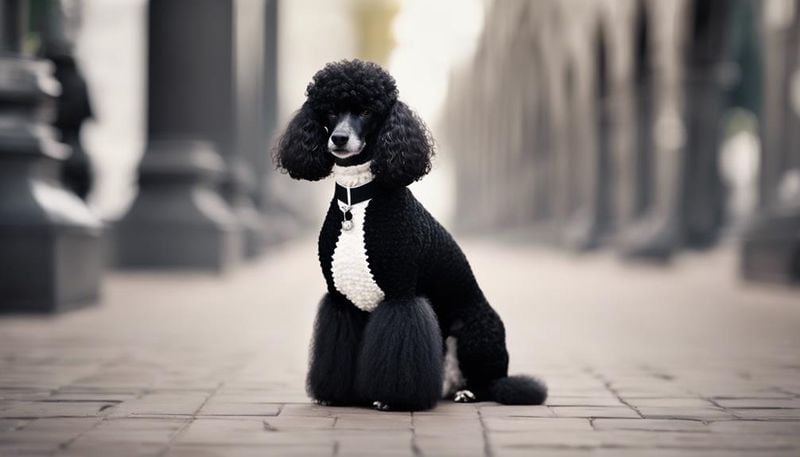
Tuxedo poodles sport a distinctive pattern reminiscent of formal evening wear. These elegant dogs have a predominantly black or dark-colored coat with specific white markings on the chest, paws, and sometimes the chin or face.
The clear contrast between the dark body and white chest creates the impression of a formal shirt and bow tie. Tuxedo patterning can occur with other base colors besides black, though the classic black and white creates the most striking formal appearance. While technically a variation of the abstract pattern, tuxedo poodles have gained recognition as a distinct and sophisticated color pattern.
18. Mismark Uniqueness

Mismarked poodles carry small patches of white or another color that don’t conform to standard patterns. These might include white toes, chest spots, or chin markings on an otherwise solid-colored poodle.
While considered faults in the show ring, these small imperfections give each mismarked poodle a unique personality and charm. Common mismarks include white chests on solid poodles or tiny spots of color where they’re not expected. Many poodle lovers specifically seek out mismarked dogs for their one-of-a-kind appearance and the individuality these small color variations provide.
19. Agouti Wilderness

Agouti poodles display a wild, wolf-like banding of color on each individual hair shaft. Each hair features multiple bands of color, typically with darker tips, creating a salt-and-pepper appearance reminiscent of wild canines.
This primitive coloration gives agouti poodles a natural, untamed look despite their refined breeding. The overall effect can range from silver-gray to a more brownish hue, often with darker points on the ears and face. Extremely rare in poodles, the agouti pattern connects these sophisticated dogs to their ancient canine ancestors, creating a fascinating blend of wild coloration on a highly domesticated breed.

